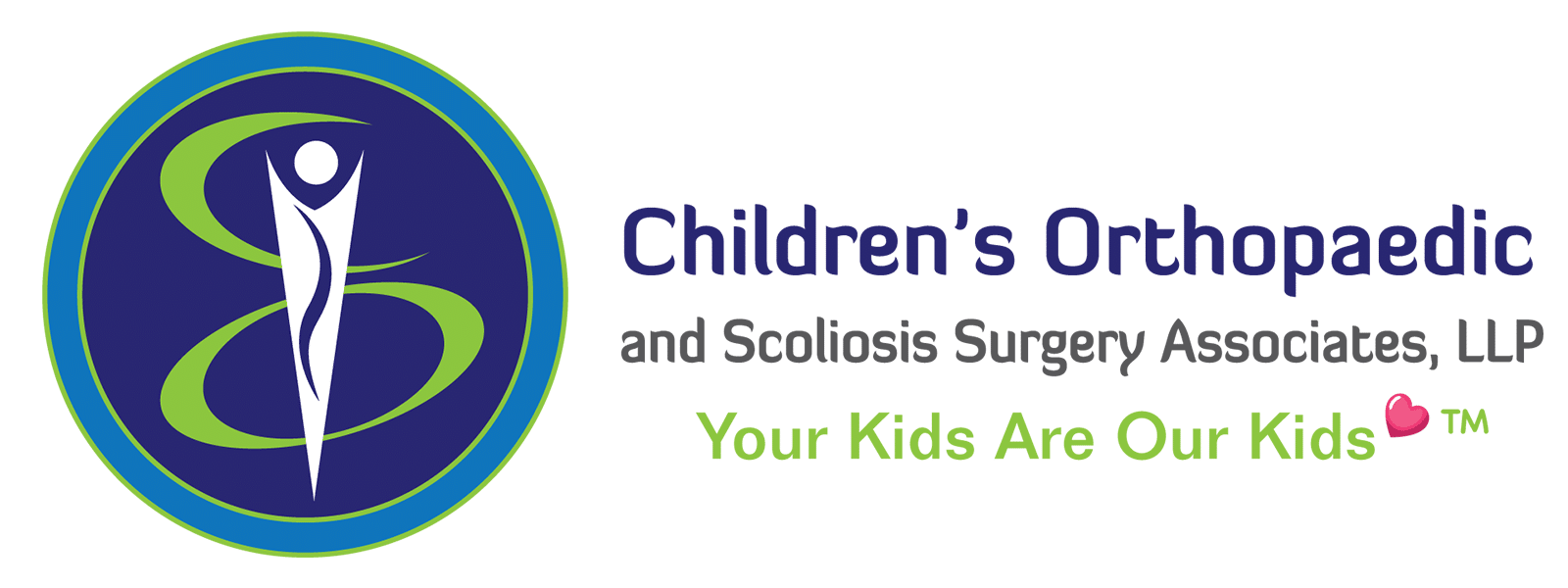Osgood Schlatter’s Disease
Osgood-Schlatter’s Disease occurs in the growth plate of the tibial tubercle just below the knee. It is commonly seen in growing, active adolescents between the ages of 11 and 15 years. It often coincides with growth spurts.
It occurs in the growth plate beneath where the patellar tendon attaches to the tibial tubercle.

Causes
Osgood-Schlatter’s Disease is caused by the increased tension and pressure applied to the tibia during activities like running and jumping. The repetitive stresses of these activities produce inflammation where the tendon attaches to bone. Having tight quadriceps muscles also puts increased pressure on the patellar attach-ment. Tight muscles are very common during a growth spurt.

Symptoms
- Pain at the tibial tuberosity (see diagram)
- Swelling at the tibial tuberosity (see diagram)
Treatment Options
Treatment for Osgood-Schlatter’s disease includes anti-inflammatory medication as directed by the doctor, applying ice to the knee, quadriceps stretching, wearing a knee strap, and modification of activities. There are rarely any complications and symptoms generally resolve over time.
Activity Modification
Symptoms can be relieved by temporarily stopping the athletic activities that are causing the pain.
Medication
Taking anti-inflammatory medicine or NSAIDS (non-steroidal anti-inflammatory drugs) such as Motrin, Advil, Naproxen or Aleve as directed by your doctor can be effective. This medica-tion should be taken for 10 to 14 days to allow the medicine to build to therapeutic levels in the body. Taking the medication infrequently allows the medicine levels to drop, which de-creases effectiveness.
Icing
- Ice packs or ice massage can be applied to the knee immediately after a workout for 15-20 minutes. This can be repeated every 60-90 minutes, several times a day.
- Ice massage is performed by filling several paper cups with water and placing them in a freezer. When frozen, the cup’s rim is torn off and the ice is then directly applied to the sore area until the area becomes numb.
Knee Strap
A knee strap may be ordered by the doctor to help take tension off of the patellar tendon and decrease symptoms.
Stretching
Quadriceps and hamstring stretching are rec-ommended to help with tight muscles.

Do You Have Osgood-Schlatter’s Disease?
Your doctor diagnoses Osgood-Schlatter’s disease based on your symptoms, clinical examination, and x-rays. X-rays may be ordered by your doctor to confirm the diagnosis or to exclude other problems.
Can Osgood-Schlatter’s Disease Be Prevented?
No. There is not a 100% guarantee to pre-vent an adolescent from developing Osgood-Schlatter’s disease.
Can Osgood-Schlatter’s Disease Cause Permanent Damage?
Usually Osgood-Schlatter’s disease does not cause permanent damage; however, this condition sometimes leads to excess bone growth and produces a visible bump where the tendon attaches to the bone. Surgical excision of this bump is sometimes required for persistent pain after growth is complete.
